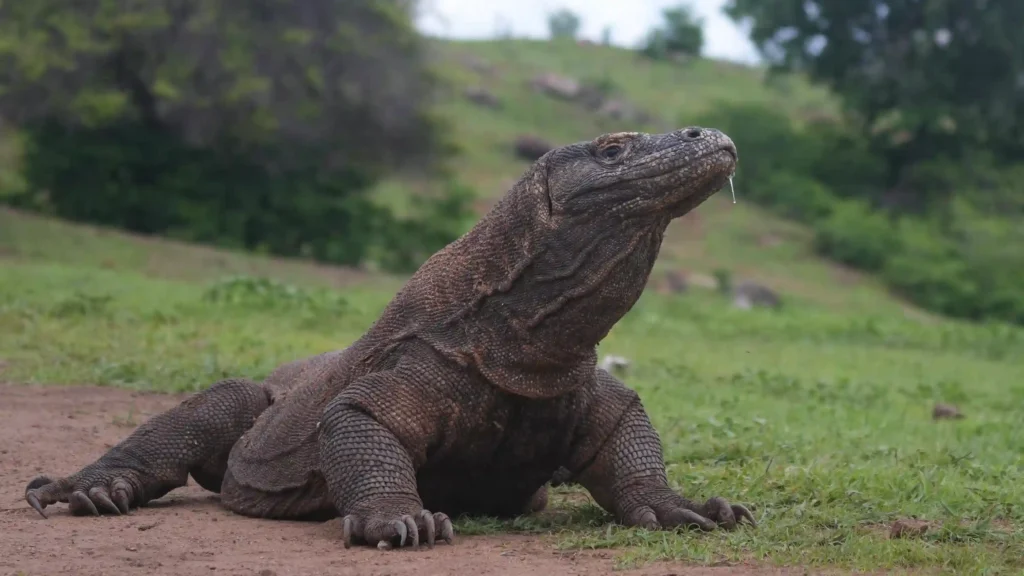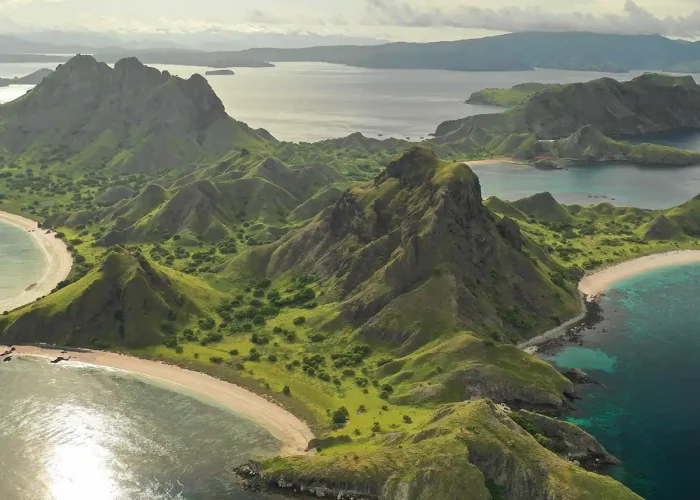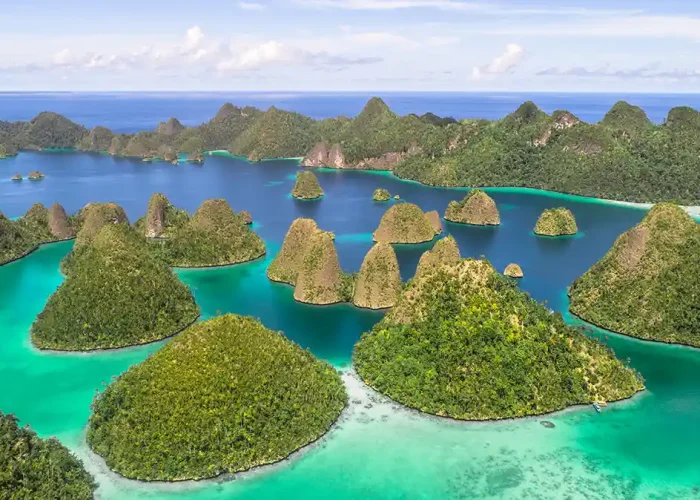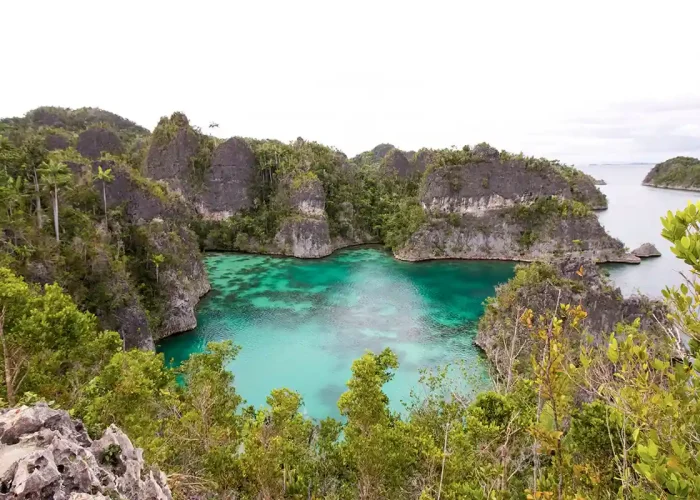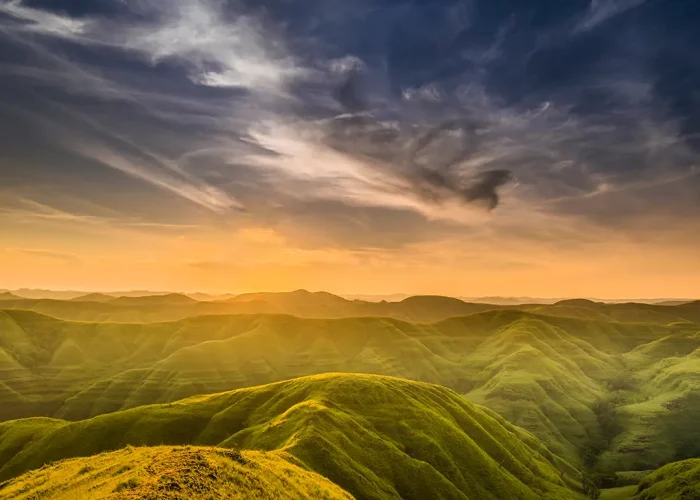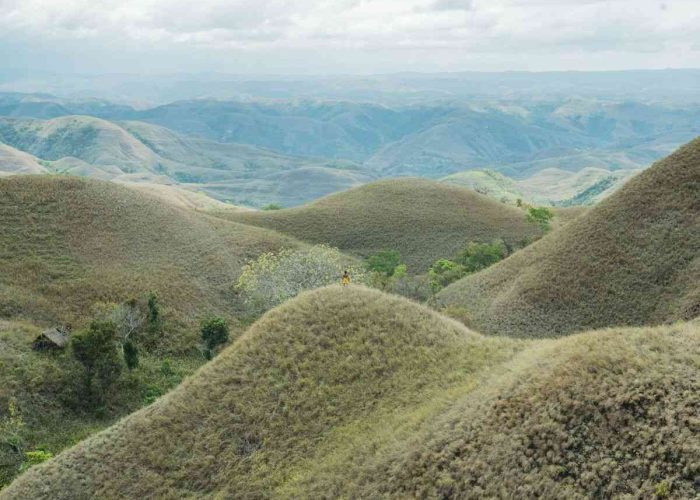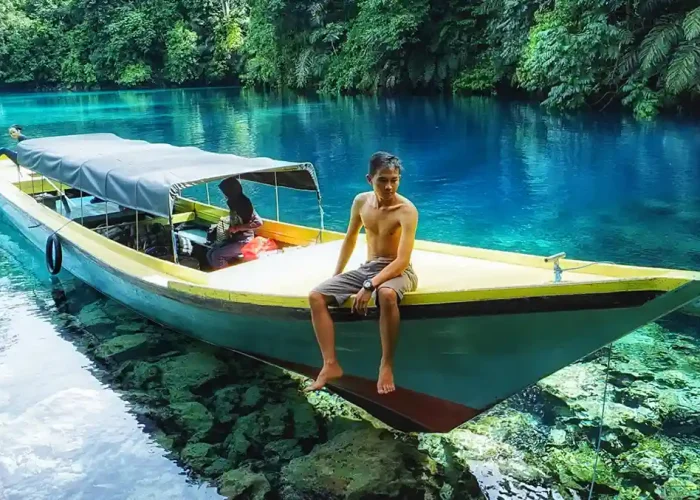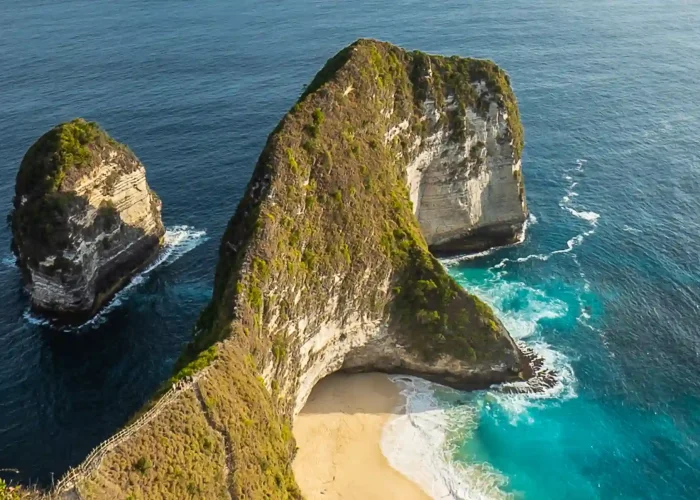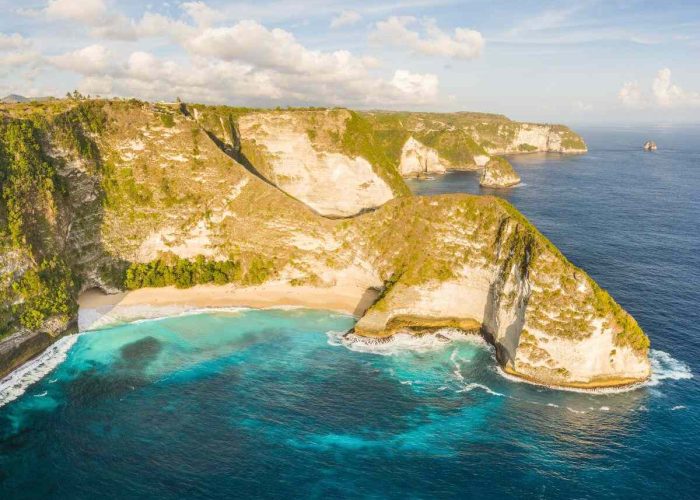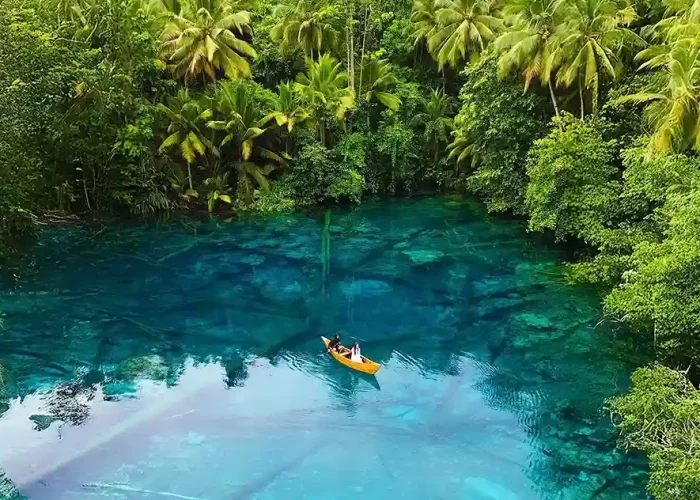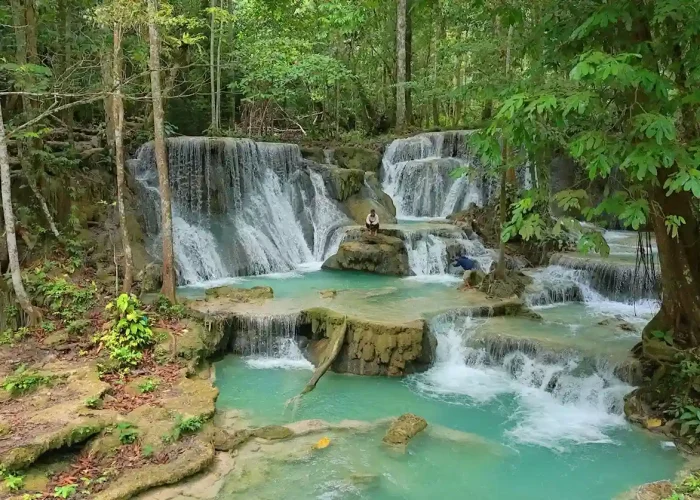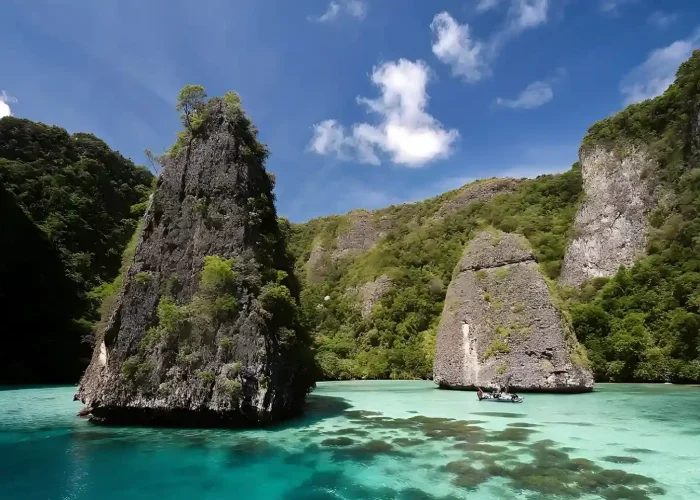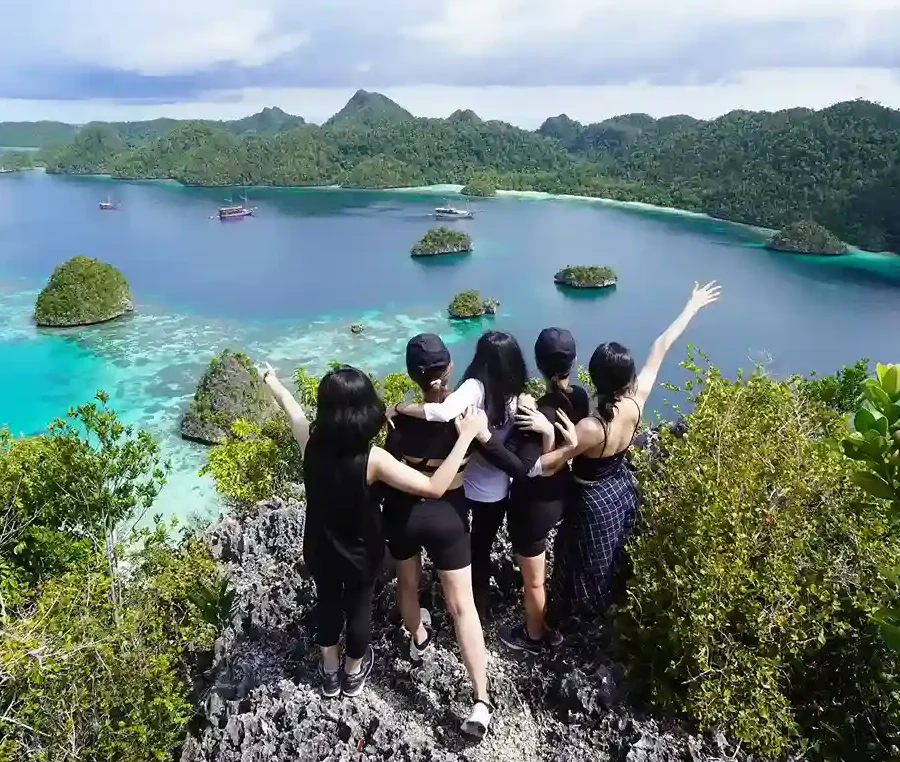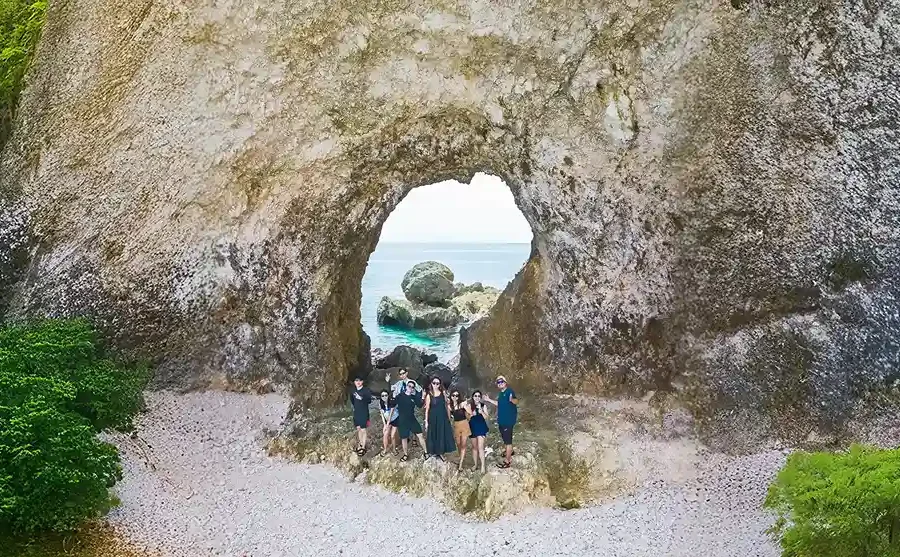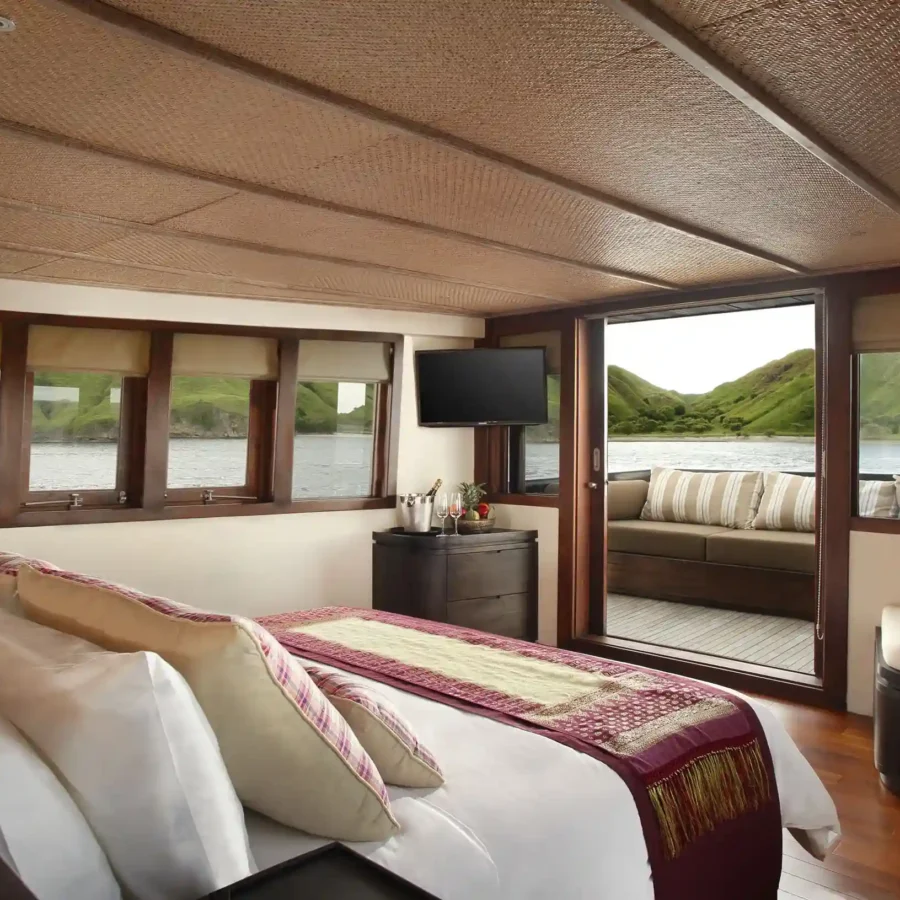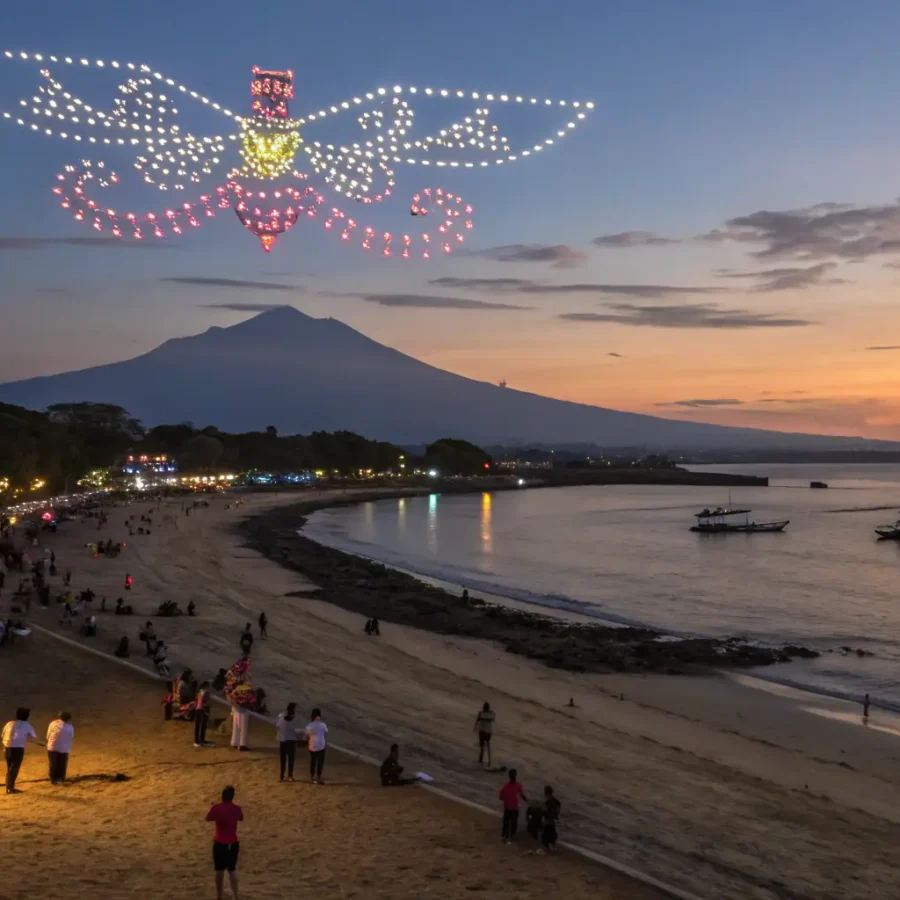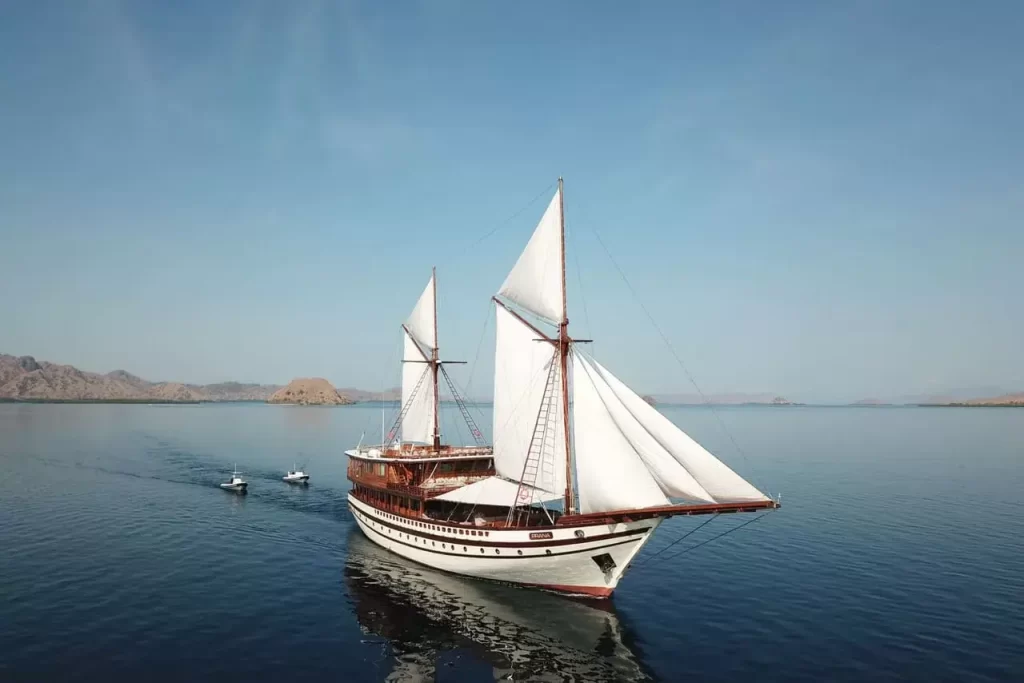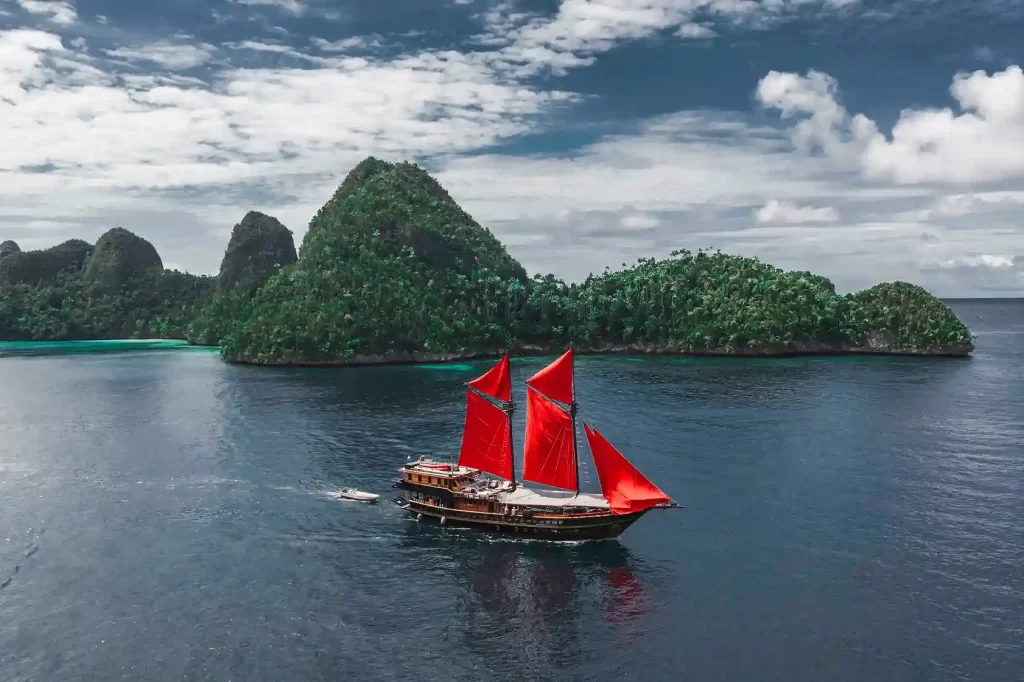Have you ever wondered why the Komodo dragon is called a dragon? This giant reptile lives on Komodo Island, Rinca, and several smaller surrounding islands, and its appearance truly amazes everyone. From its massive body, scaly skin, to its unique forked tongue, all these features make the Komodo look like a dragon straight out of legends. This article will explore the fascinating facts behind the “dragon” nickname that sticks to the Komodo.
Table of Contents
Komodo: A Living Prehistoric Creature
The Komodo (Komodo dragon) is one of the living prehistoric creatures still roaming the Earth today. They are the largest lizards in the world, growing up to over 3 meters in length and weighing 70–90 kilograms. Komodo dragons can grow to a maximum length of 3 meters (10 feet). Its intimidating appearance, scaly skin, and sharp teeth immediately remind people of dragons from folklore.
Beyond its size, the Komodo has extraordinary adaptation skills. It can live in dry savannahs, shrub forests, and even mangrove areas. Komodo dragons inhabit five islands: Komodo, Rinca, Gili Motang, and Flores. The abundance of herbivorous animals in its habitat, such as deer, wild boar, and buffalo, allows the Komodo to thrive even as one of the prehistoric species facing near extinction in modern times.
The Scientific Origin of the Komodo Dragon’s Name
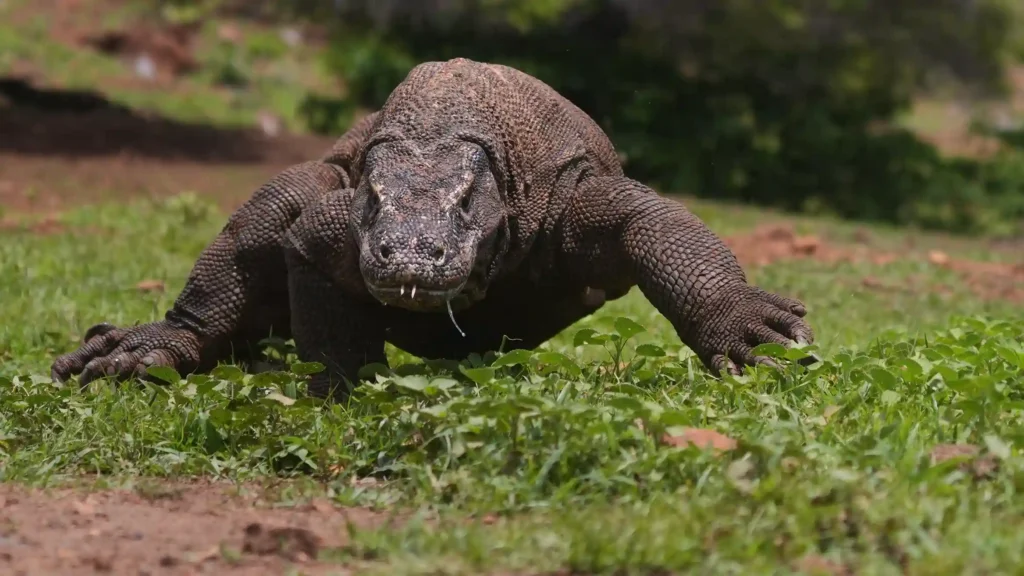
One of the most intriguing aspects of the Komodo is its nickname, “dragon.” But did you know that the name Komodo dragon didn’t appear immediately after the animal was discovered?
Originally, the local people of East Nusa Tenggara called the Komodo “ora”, which means “land crocodile,” because of its resemblance to a crocodile while living mostly on land. Around 1910, Westerners became interested in the Komodo when Lieutenant Steyn van Hensbroek discovered one on Flores Island. He even captured a dead Komodo measuring 1.8 meters during his expedition.
Later, in 1926, American researcher W Douglas Burden conducted an expedition to East Nusa Tenggara to study this mysterious lizard. From this expedition, the Komodo received its international name, Komodo dragon. W. Douglas Burden popularized the name “Komodo dragon” in his 1927 book Dragon Lizards of Komodo. The name “Komodo” was taken from Komodo Island, which had already been named by the Dutch East Indies government around 1910, while the Latin name Varanus komodoensis was given by Pieter A. Ouwens, a Dutch conservationist. Literally, the Latin name means “monitor lizard from Komodo Island.”
The reason for adding the word “dragon” was simple: the Komodo’s massive body, long forked tongue, and intimidating appearance reminded Western researchers of dragons from their mythology. Thus, the nickname Komodo dragon arose from scientific observation and Western mythological inspiration, not from local legends.
Read more: When Is the Best Time to See Komodo Dragons? Must-Know Info for Travelers!
Why is Komodo Called a Dragon?
If you want to know specifically why the Komodo is called a dragon, the answer lies in its appearance, behavior, and the fascinating stories surrounding it. This nickname is not just imagination, it’s based on real-life features you can observe yourself. Here are the main reasons:
Massive Body Size
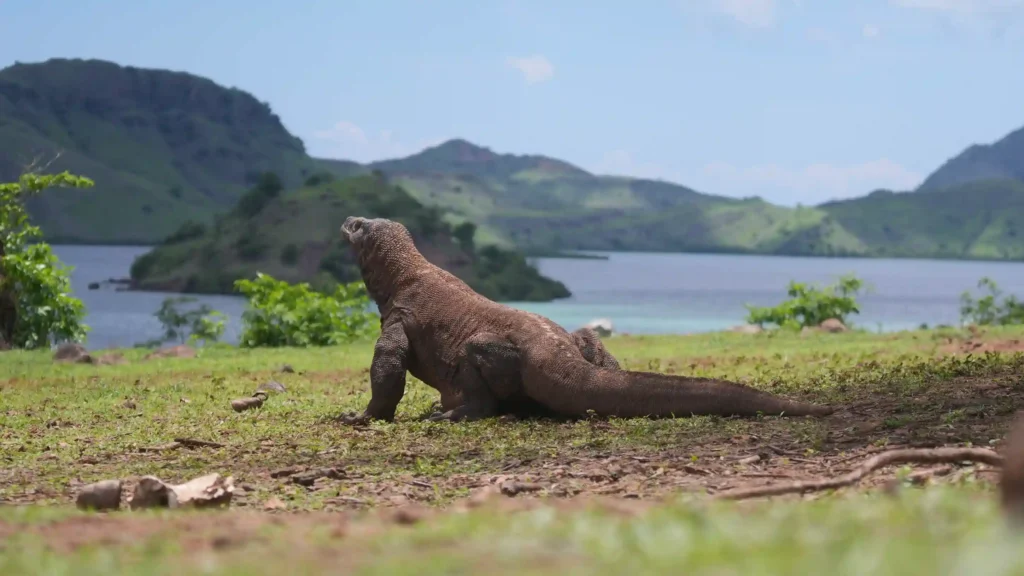
One of the most obvious reasons the Komodo is called a dragon is its huge body size. An adult Komodo dragon can grow over 3 meters long, weighing up to 90 kilograms. Imagine a lizard of that size walking right in front of you, it’s immediately intimidating, just like a dragon from legends.
Its size also makes the Komodo the apex predator of its ecosystem. It can easily prey on large prey such as deer, wild pigs, and even water buffalo, making the “dragon” nickname feel even more real.
Scaly Skin and Intimidating Appearance
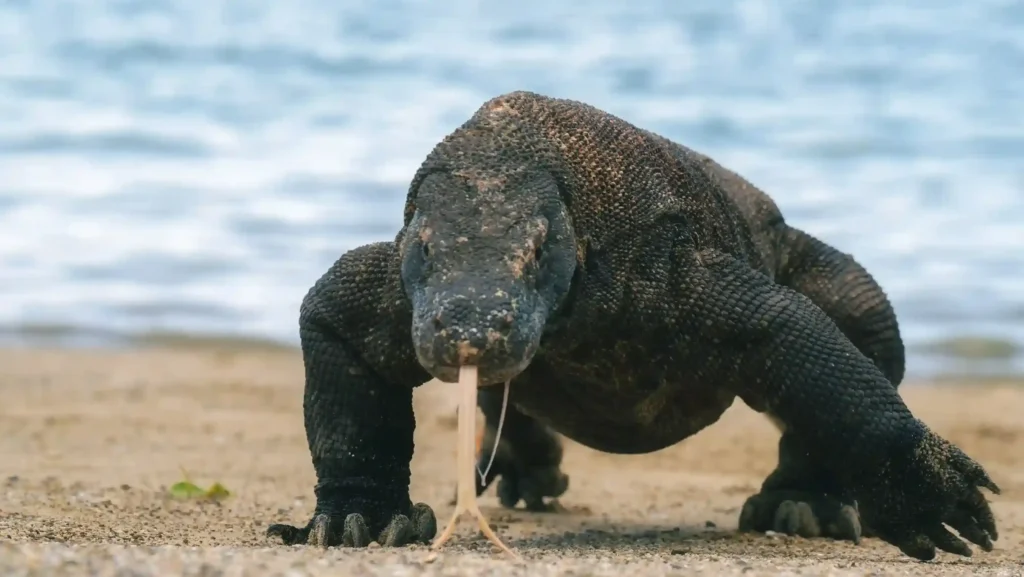
Besides its size, the Komodo has thick scaly skin and a large head with strong jaws. Its teeth are sharp and ready to tear prey at any moment. All of this makes the Komodo appear fierce and terrifying, much like the dragons you see in fantasy stories.
Moreover, its scaly pattern and brownish-gray color help it blend perfectly with its natural habitat. Being part of the monitor lizard family, the Komodo shows a prehistoric look that strengthens its “dragon-like” reputation.
Forked Tongue
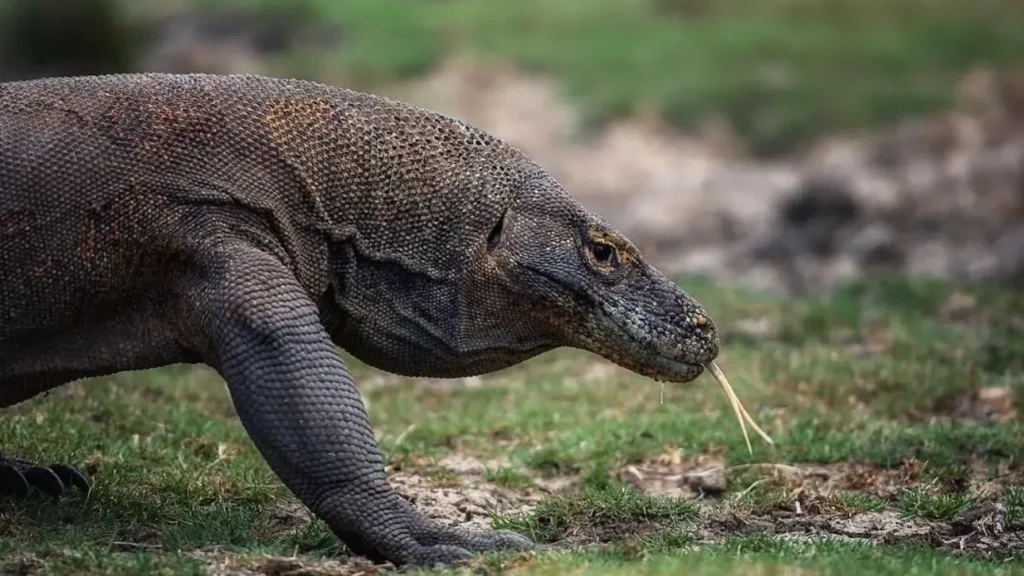
Another feature that makes the Komodo reminiscent of a dragon is Komodo’s forked tongue. This tongue functions to detect scents and the direction of prey from far away. This way, the Komodo can track animals even at night or across vast areas.
Seeing its forked tongue up close, it’s easy to understand why the mystical dragon impression comes naturally. This unique trait adds to the Komodo’s distinctiveness and charm compared to other animals, especially compared to young Komodo dragons, which already display this ability from an early stage.
Deadly Hunting Ability
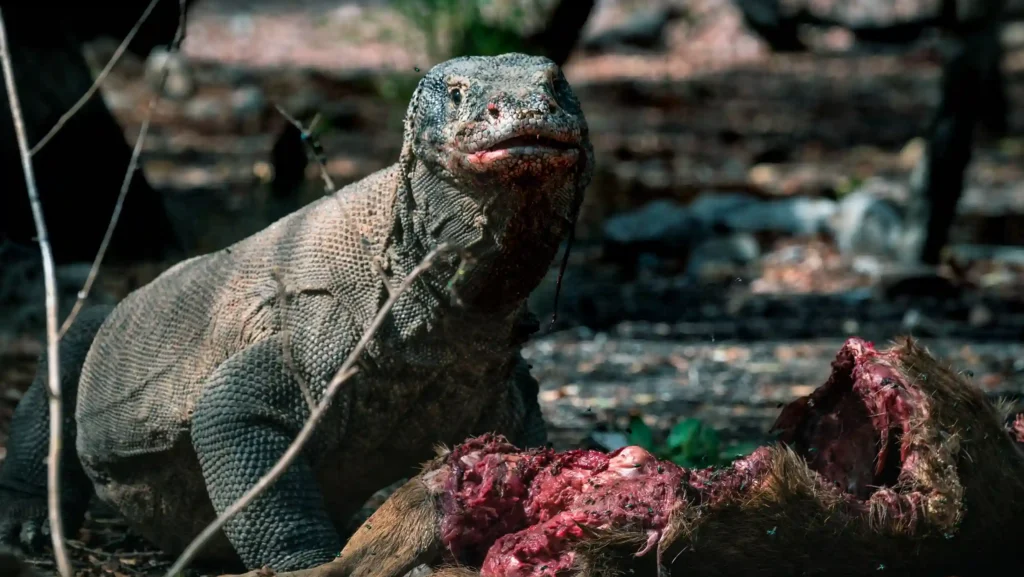
Komodos are known for their incredible predatory skills. They hunt cleverly, usually stalking prey before striking quickly and lethally. Their bite is dangerous not just because of sharp teeth, but also due to komodo’s saliva that contains deadly bacteria and anticoagulant toxins. In fact, scientists have found that Komodo dragon saliva includes natural venom compounds that weaken and paralyze prey.
This combination of physical strength, deadly bite, and hunting strategy makes the Komodo look like a real-life dragon, not just a mythical creature. No wonder people are both awed and cautious when seeing Komodos in the wild.
Habitat on Remote Islands
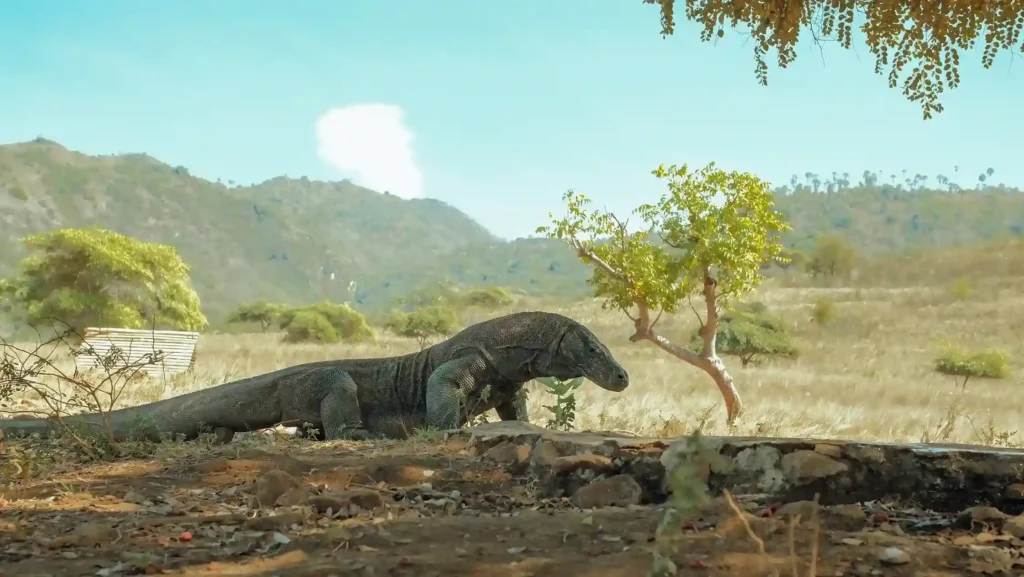
The “dragon” nickname also comes from the fact that Komodos live on remote islands such as Komodo, Rinca, and Gili Motang. These hard-to-reach locations resemble the mysterious places where dragons are said to reside in legends.
Moreover, the natural conditions on these islands are ideal for Komodos. Warm temperatures, open savannahs, and abundant herbivorous prey allow them to survive well. Komodo dragons prefer habitats that are hot, with daytime temperatures often reaching 95 degrees Fahrenheit (35 degrees Celsius). If you want to see Komodos in their natural habitat, a visit to Komodo National Park is a must.
Another Fascinating Myths and Facts About Komodo
Apart from the “dragon” nickname, there are also various myths and facts about Komodos that often cause misunderstandings. For example, some people believe that Komodos can breathe fire like dragons in legends. In reality, Komodos cannot breathe fire at all, although their massive size, forked tongue, and intimidating aura do give them the appearance of mythical dragons.
Many also think that Komodos only live on Komodo Island, whereas in fact they are spread across several islands in East Nusa Tenggara such as Rinca, Gili Motang, and even parts of Flores. Another common assumption is that Komodos are always aggressive. In truth, they usually hunt large prey such as deer, wild pigs, or even water buffalo. They rely on deadly predatory skills, using their venomous Komodo’s saliva to weaken their prey.
There is also the belief that Komodos live completely solitary lives without any social behavior. In reality, Komodos can communicate through body movements and certain sounds. They even have a feeding hierarchy, where an adult Komodo dragon usually gets the first turn compared to young Komodo dragons. This shows that behind their fierce and frightening appearance, Komodos are actually intelligent and adaptive animals, making them all the more fascinating to study.
Read more: Tips for Seeing Komodo Dragons Safely During Your Labuan Bajo Trip
Let’s See the Dragon Yourself with IndonesiaJuara Trip!
If you want to experience seeing a real-life dragon, IndonesiaJuara Trip is ready to be your travel partner. With a safe and organized Labuan Bajo Tour package, you can trek directly in the Komodo’s habitat, take photos at the best spots, and learn more about this prehistoric creature.
Additionally, you can enjoy the surrounding natural beauty, from snorkeling in crystal-clear waters, exploring small islands, to watching breathtaking sunsets. With professional guides, all activities are done safely, keeping you stay safe, and of course, incredibly fun.
This journey isn’t just a vacation, it’s a rare opportunity to get closer to one of the largest prehistoric predators in the world. You will see its massive body, scaly skin, forked tongue, and deadly hunting abilities, everything that makes the Komodo truly deserving of its “dragon” title.
So get ready for an exciting adventure that brings you close to this unique and legendary creature while enjoying an unforgettable experience with IndonesiaJuara Trip.


